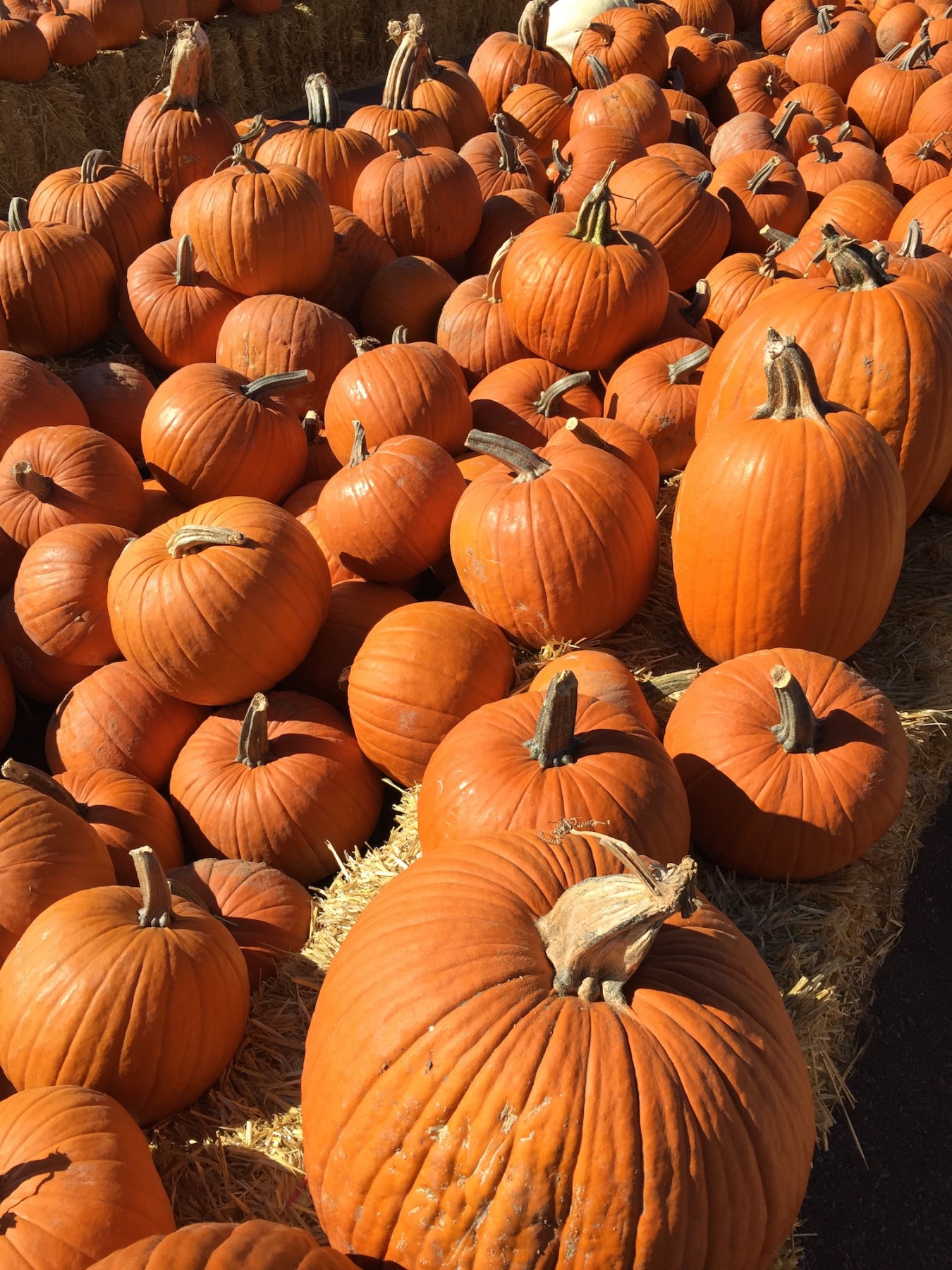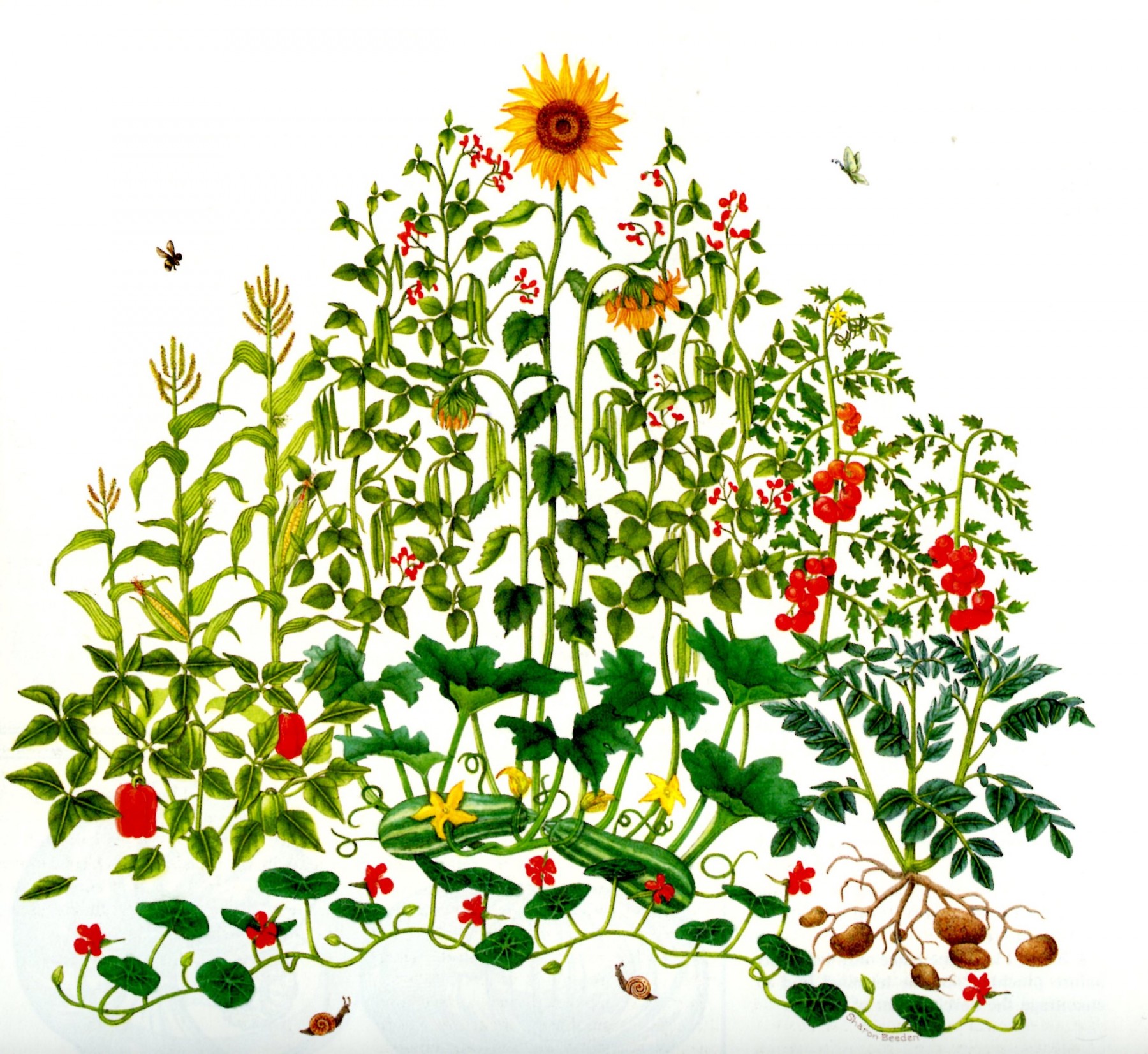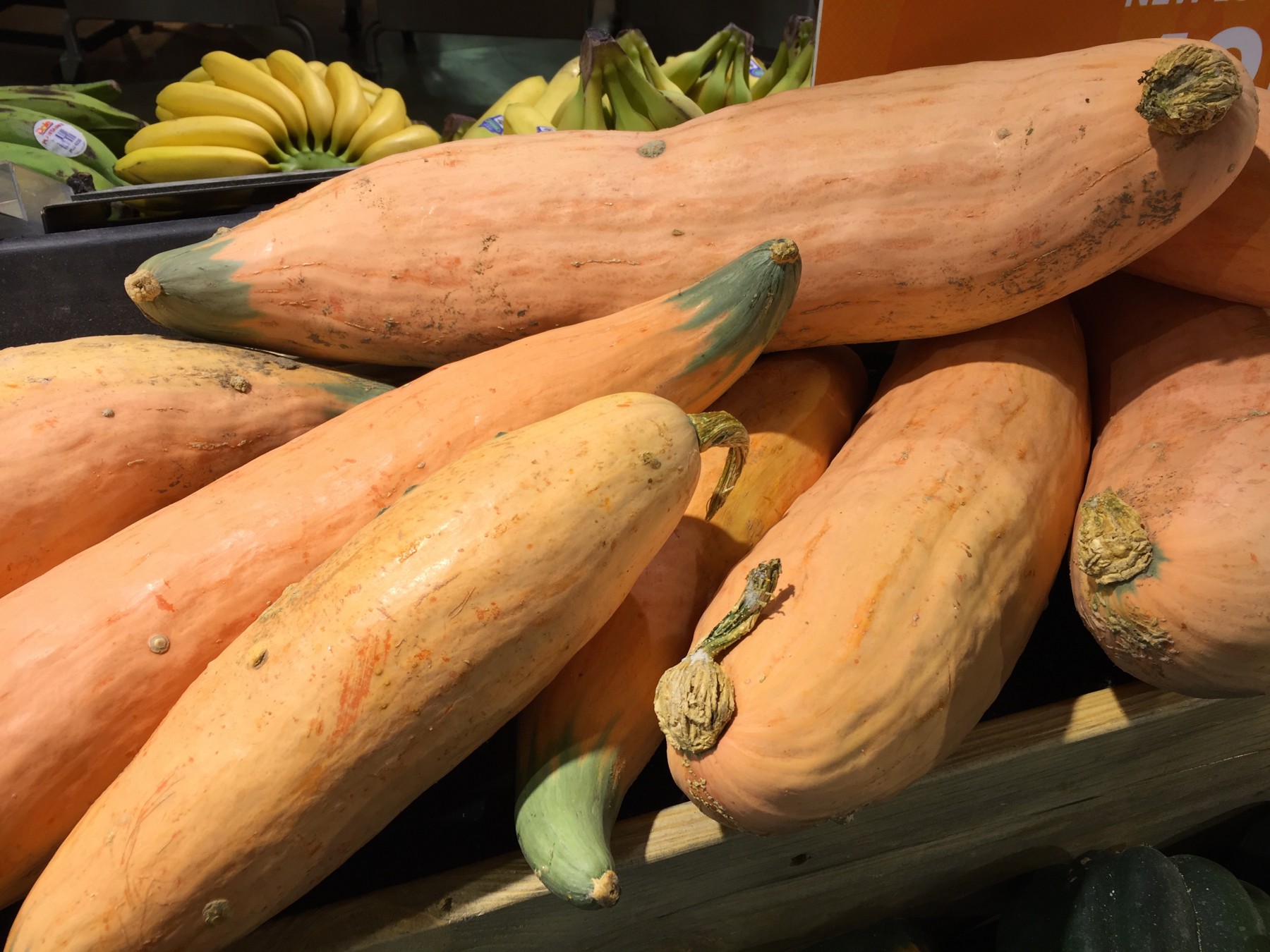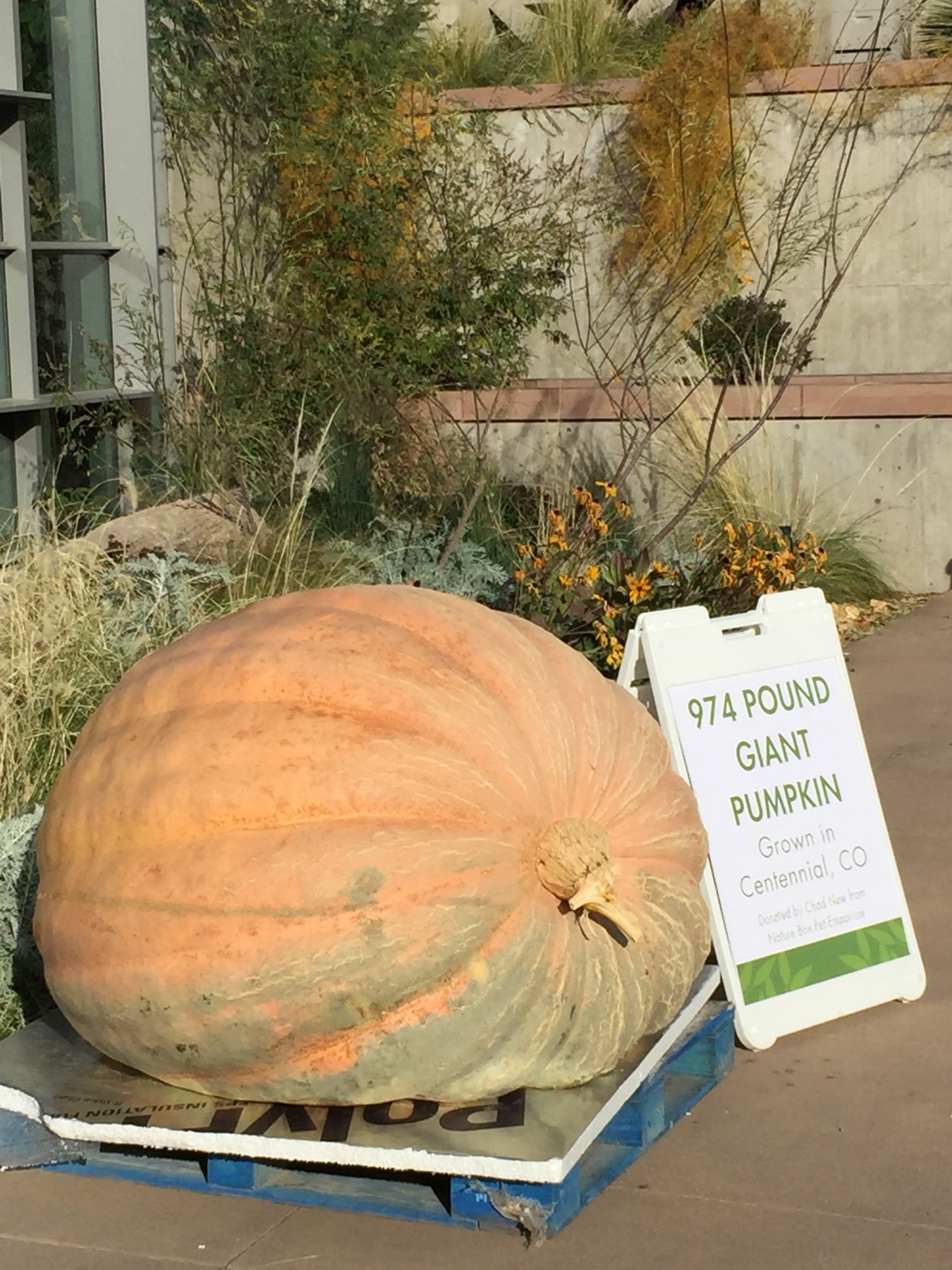The aspen trees have moved from shining beacons on the mountainsides to puddles of gold beneath the trees; greenhouses — retail and residential — are being cleaned out, and pumpkins, turkeys and sugar plum fairies are dancing in shoppers’ heads. The holiday season is upon us.

In 1574, Nicolas Monardes, a Spanish man of letters, published Joyful Newes Out of the Newe Founde World, the English translation of his book, which was a celebration of sorts, lauding the bounty of the New World. He hadn’t actually visited the place he was writing about, and instead relied on the sketchy accounts of others who had, borrowing (and embellishing) their descriptions of tobacco, peppers, corn, beans, and pumpkins.

The Virginia colonists quickly began investigating native crops as they established settlements during the late 1600s. Another book, published in 1705, titled History and Present State of Virginia, by Robert Beverley aimed to promote the Virginia colony as a new Eden. Born in Virginia, perhaps in Jamestown where he certainly lived, Beverley’s book was in four parts and covered everything about the colony, the native peoples, and the agricultural abundance of the region, particularly native food plants.

Fast forward, and today we can sample the myriad varieties of winter squash and pumpkins, purchased – who doesn’t sell pumpkins – or home grown. One new variety is actually an ancient winter squash called Gete-Okosomin, or Big Old Squash, a traditional native food plant producing squash that can grow to 30lbs. Recent reporting claimed that it was revived from seed discovered in an 800-year-old pot found in an archaeological dig in Menominee, Wisconsin. But the reality, although less enchanting, is that the seed likely came down through generations of the Indiana Miami tribe to eventually, through sharing, wind up in gardens in Wisconsin. The American Indian Center’s Growing Circle, who comment on their blog page that the squash’s survival is cause for celebration and, “a victory for our people”, distributes seeds for Gete-Okosomin.

Indeed, saving and successfully cultivating heirloom seed varieties is significant no matter what tribe you belong to, as it is both a celebration and a salvation of diversity.
And among the winter squash tribe, with so many curious varieties now available, it’s fun to save a few seeds from the squash used for table decoration or a holiday meal for next year’s sowing. It can be direct sown into compost-enriched soil, or started in the greenhouse, two seeds to a pot, for planting out after last frost. Be sure to keep watered and feed regularly with a potassium rich fertilizer. Or, simpler still, don’t be in too much of a hurry to tidy the garden; instead, leave a pumpkin or two in the patch to rot down and self-sow. If your squirrel population is anything like the one in my neighborhood, you could find a big old squash coming up in the most unlikely place, but what is even more likely, some fat squirrels, grateful for the winter banquet.

© Text and photographs Ethne Clarke, 2017 unless otherwise stated.


